The Global Tuna Alliance is an independent group of retailers and tuna supply chain companies, who are committed to implementing the objectives laid out in World Economic Forum’s Tuna 2020 Traceability Declaration. This group represent a significant proportion of the north west European tuna market.
Tuna from the west and central Pacific Ocean is currently bought and sold by most companies in the Global Tuna Alliance. Responsible companies have sought to influence best practice through supply chains at a fishery level, and through the Global Tuna Alliance are now advocating for the adoption of effective policy by members of the Western and Central Pacific Fisheries Commission (WCPFC).
The 16th session of the WCPFC took place from 6th-11th December, in Port Moresby, Papua New Guinea. In advance of this meeting, the Global Tuna Alliance called for the Commission to:
- Adopt a clear work plan for achieving 100% observer coverage on longline and transshipment vessels within five years;
- Accelerate work on reforms to at-sea transshipment regulations so they are adopted in 2020 to ensure this practice is well-managed, transparent and in line with best practices;
- Accelerate action on the development of harvest strategies, including the adoption of harvest control rules, for skipjack and interim target reference points (TRPs) for bigeye and yellowfin;
- Develop a comprehensive FAD management program;
- Adopt a Fins Naturally Attached policy for sharks.
So how did the Commission perform?
- A clear work plan for achieving 100% observer coverage on longline and transshipment vessels within five years was not adopted and will require further discussions. This was disappointing as observer data can be used for stock assessments, monitoring compliance with management measures and is essential for independent verification of catch, effort and interactions with associated species, including endangered, threatened or protected (ETP) species. Without 100% observer coverage, there are too many unknown risks within tuna supply chains/
- While the Transshipment Intersessional Working Group was able to reach agreement on a number of elements, outstanding issues on how to carry out an analysis of the effectiveness of the current measures that manage transshipment in the west and central Pacific Ocean remain which the group will need to consider and agree upon intersessionally. There is an urgent need for this as under the WCPFC Convention, at-sea transshipment is supposed to be the exception, not the rule; yet more than 6,000 transshipment events have been reported since 2010. Furthermore, the number of reported high seas transshipment events has increased by 155% between 2014 and 2018; including an increase of 29% between 2017 and 2018.
- WCPFC failed to agree on interim target reference points for bigeye and yellowfin tunas, despite a long-time commitment by managers to make these decisions in 2019, and no harvest control rules were adopted for skipjack – putting the region’s MSC certified skipjack fisheries at risk of losing their certification.
- A comprehensive FAD management program was not developed. Studies estimate that over 30,000 FADs are deployed each year in the western and central Pacific Ocean, of which about half drift out of main fishing areas. Given the high risk of FAD ecosystem impacts, including beaching, marine debris, and ghost fishing (with impact on ETP species), it is imperative to establish science-based FAD management measures. To do so, it is essential to collect FAD data including locations, trajectories and the number of FAD deployments. The IOTC Resolution 19/02 Procedures on a fish aggregating devices (FADs) management plan which was approved in June 2019 demonstrate an example of improved practice that WCPFC could have easily emulated.
- Positively, delegates adopted a Fins Naturally Attached policy for sharks and will be in place in from 2020-2022. However, the policy also includes a set of alternative measures that states can implement instead, creating a burden on enforcement and monitoring and likely limiting the policy’s effectiveness.
Over 50% of the global production of tuna originates from the west and central Pacific Ocean. Bigeye, yellowfin, albacore, and skipjack tuna stocks from this region are all reported to be in healthy condition (according to a 2018 stock assessment announced during the WCPFC meeting). It is imperative that the WCPFC focuses on long-term conservation and management of the ecosystems under its jurisdiction to ensure the sustainability of their fisheries.
